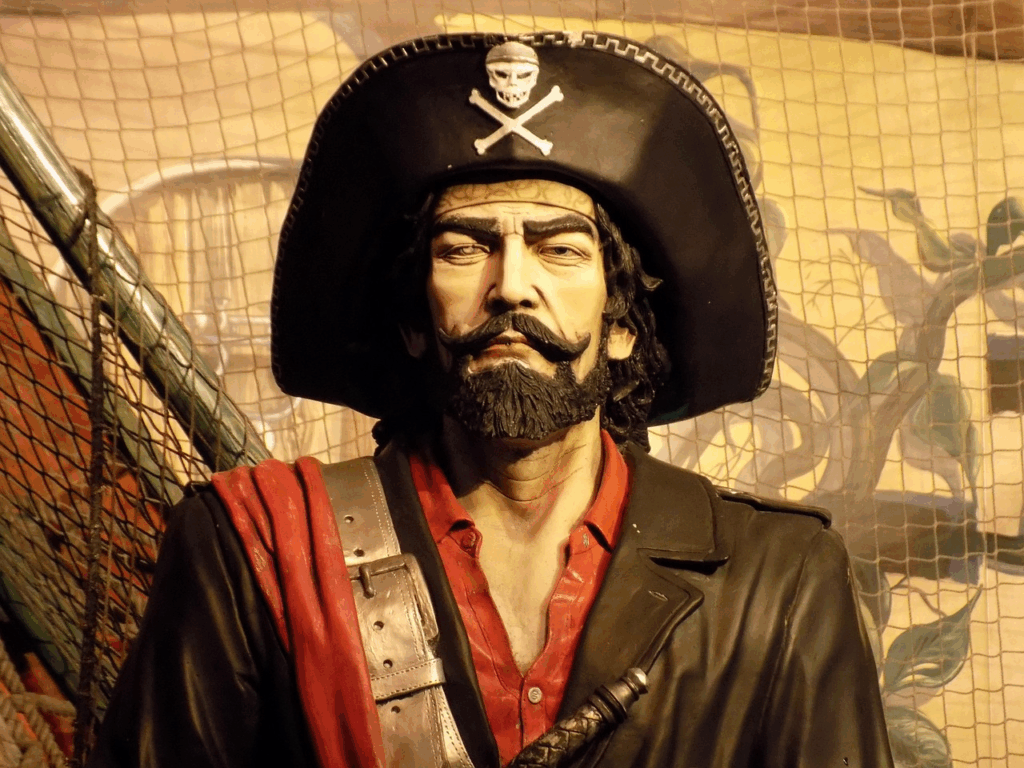Cities crumble, asteroids strike, and oceans rise. Yet, somehow, we can’t look away. Disaster movies, with all their chaos and catastrophe, continue to captivate audiences decade after decade.
From The Day After Tomorrow to Don’t Look Up, these apocalyptic blockbusters aren’t just about destruction; they reveal something more profound about human psychology. Why do we love watching the world fall apart from the safety of our couches? The answer lies in fear, fascination, and the comforting illusion of control.
Fear as Entertainment
At first glance, disaster movies seem like the last thing people would enjoy. Giant tidal waves, plagues, and fiery meteors aren’t exactly uplifting. Yet psychologists say they offer a safe space for fear. Watching a catastrophe unfold onscreen allows us to experience danger without real consequences. Our brains activate the same stress circuits that would respond to an actual threat, but because we know it’s fiction, the fear quickly transforms into excitement.
This process releases adrenaline and dopamine, the same chemicals linked to thrill-seeking activities such as roller coasters and extreme sports. It’s controlled chaos, and it’s terrifying enough to engage us, but distant enough to enjoy.
Researchers also note that disaster films can make viewers feel mentally prepared for real-world emergencies. The scenarios may be exaggerated, but they let us imagine how we’d react under pressure, creating a sense of readiness that’s oddly reassuring.
Check out The Science of Déjà Vu for another look at how the brain plays with prediction and familiarity.
Collective Anxiety and Catharsis
Disaster movies also reflect the fears of their time. In the Cold War era, nuclear apocalypse films like On the Beach mirrored anxiety about atomic warfare. In the 1990s and 2000s, environmental collapse and pandemics became the dominant themes, echoing growing concerns about climate change and global disease. Each era projects its biggest worries onto the big screen, then exorcises them through spectacle.
These films offer catharsis, a term referring to a psychological release. Seeing characters survive impossible odds restores our faith in resilience. The world may end, but human courage endures. That’s why the genre nearly always ends with renewal: a sunrise after the storm, a handful of survivors rebuilding society. The destruction is massive, but the message is hopeful.
There’s also a communal aspect. Watching a disaster unfold unites viewers in shared awe and relief. For two hours, everyone faces the same imaginary crisis and walks away safe together. It’s a rare kind of global empathy, even if Hollywood manufactures it.
For survival logic beyond the screen, see How Long Could a Human Actually Survive on Mars?
Why the Apocalypse Still Sells
In today’s media landscape, real disasters often dominate the news. Yet fictional ones remain strangely comforting. Experts suggest that in times of uncertainty—such as political turmoil, pandemics, and climate change—people turn to disaster films not to escape reality, but to rehearse it. They let us process fear collectively, finding meaning in chaos.
Filmmakers, meanwhile, continue to innovate, turning catastrophe into visual art. Modern CGI allows storms, fires, and explosions to look more realistic than ever, blurring the line between fiction and fact: the more believable the danger, the greater the emotional payoff when heroes prevail.
Ultimately, our love for disaster movies isn’t about destruction. It’s about survival. Beneath every falling skyscraper and crashing wave lies a story about endurance, community, and hope. The apocalypse on screen reassures us that even when everything falls apart, humanity still finds a way to begin again.
Read The Hidden History of Everyday Superstitions to know more about how belief shapes behavior.




